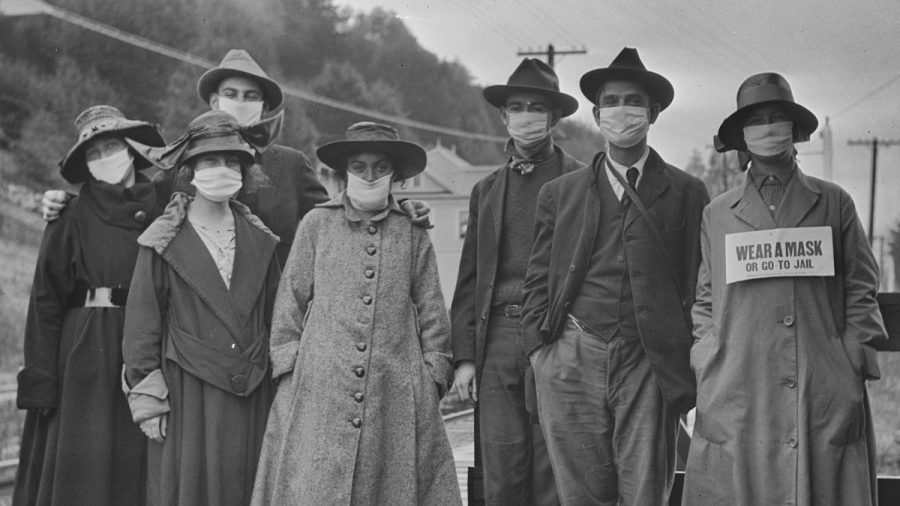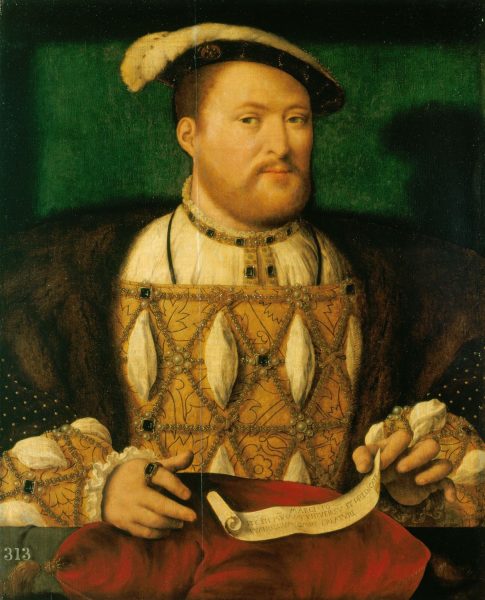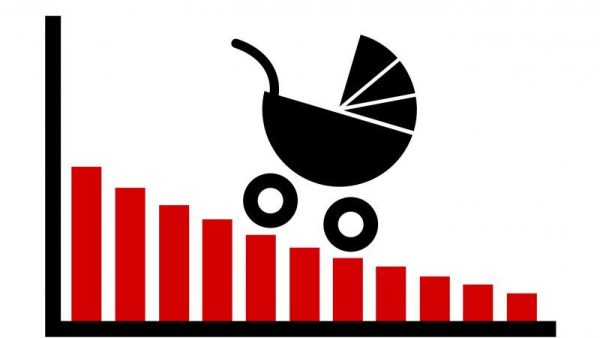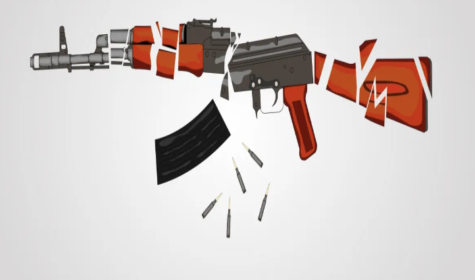History Repeats Itself: Why 1919 Was Just Like 2020
Wearing a mask to prevent the spread of the Spanish Flu was also advised during the pandemic, and faced similar pushback.
2020 seems like an outrageous year. Many people these days think about how historical of a time that we live in now. Many people, myself included, have thought about how it seems like no one else in history has had to go through the hardships that we have. But history is a funny thing. As Spanish philosopher Geogre Santayana once said, “Those who cannot remember the past are condemned to repeat it.” And it seems that very assertion has proven to be true. one-hundred and one years ago, just as the number 19 comes before the number 20, the year 1919 mirrored 2020 in many ways.

Let’s start with the biggest connection. As much as people like to say that we’ve never experienced a global pandemic on this scale before, we have. In 1919, the United States was in the second half of the deadliest pandemic in human history, the Spanish Flu. The Spanish Flu actually didn’t come from Spain, its origins are widely disputed with reports originating in the US, Canada, China and other places, but because many countries’ media was censored during WWI, neutral Spain was the first to report on it. The flu spread quickly and it was accelerated by the mass displacement of people during the war. In March 1918, the first case was reported in the United States. By the fall of that year, cities began to lock down across the country. Lockdowns were initially effective and the war mentality made people feel like wearing masks was their patriotic duty. But after the war ended in November 1918, the population began to resist the burdensome restrictions. Cities began to reopen and in 1919, the second wave began. In January 1919, the city of San Francisco ordered a mask mandate once again to combat the second wave but they were met with resistance from the newly formed “Anti Mask League Of San Francisco” who presented a petition to the city which led to the end of the mask mandate four days later. Elsewhere, small businesses and religious groups fought the new restrictions. While there was a second wave in 1919, by the summer the pandemic was over via herd immunity. But this is not to be seen as a success story. The pandemic left 50-100 million dead, potentially more than WWI and WWII combined. The flu infected over a third of the world and is still the deadliest pandemic in history, a record that the COVID-19 Pandemic is unlikely to break (but let’s not jinx anything).
But that’s not where the similarities between these strange years end. The summer of 2020 was defined by protests primarily focused on racial equality and police brutality. After the brutal death of George Floyd, a black man, at the hands of Minneapolis Police, protests erupted in cities across America as activists clashed with police. Those in positions of power, seeing this threat to their rule, were quick to blame the protests on “Communists” and “Anarchists” and President Trump attempted to utilize racism and Mccarthyist like fear of a supposed communist rebellion to justify authoritarian approaches to help bring these protests to an end. One of which was through a direct deployment of federal agents from many different governmental departments, who were not trained in de-escalation tactics, to harass and intimidate protesters. The most radical of these protests came in Seattle when protesters blockaded a few blocks in Capitol Hill for roughly a month and formed the Capitol Hill Organized Protest. In the end, the protests led to a resurgence of leftist ideas like large-scale police reform along with calls for defunding the police but also got the attention of the radical right who were admittedly opposed to the protests ultimately causing friction and some violent encounters.

In 1919, a similar event unfolded. Black soldiers returned from WWI with a renewed sense of confidence and many black people had flocked to American cities in what was known as “The Great Migration” to fill vacant factory jobs left behind by those who went to war. The Russian Revolution had led to a surge in leftist ideas, especially among union workers which led to multiple strikes across the country. The most radical protest of the year was again in Seattle. In February, about 80,000 workers around the city walked off of the job in what would become known as the Seattle General Strike. Similar to the inner workings of the CHOP zone, the strikers distributed food and aid during the strike. The strike only lasted 5 days but it kicked off a year of radical activism and counter activism as it was quickly utilized by opponents to stir anti-communist fears. The “Red Summer” of racial violence started with attacks by whites on black communities and apathy from authorities to help protect those being accosted. One source reported thirty-eight race related clashes between January and October. Just like the 2020 unrest was cited partially as a reaction to a resurgence of white supremacy and the disproportionate toll of the pandemic on black communities. One historian believed that the toll of the flu on blacks and the resurgence of the KKK in recent years led to the violence. And just like the reaction by opponents in 2020, the government took a hard-line and authoritarian approach to these protests. Like the federal agent issue, President Wilson conducted what was known as the Palmer Raids. These were federal raids on suspected leftists and labor organizers. Like the race-baiting opposition to the 2020 protests, the Palmer Raids had racist motivations, targeting Jews, Italians and Eastern Europeans, and like the federal agent issue, were condemned by other parts of the government as authoritarian and unconstitutional.
While there was no election in 1919, one similarity between President Donald Trump and Woodrow Wilson in these years was their brush with death. In October 2020, President Trump poetically contracted the deadly virus that he had ignored for the last seven months. Trump had many underlying health problems which could sometimes make the virus fatal. For roughly a week, the country held its breath, but eventually Trump came out the other side, though nobody knew whether he had ever made a full recovery. In late September 1919, President Woodrow Wilson, who also had problems with his health, suffered a stroke which incapacitated him. Like Trump, he attempted to cover up his poor health but unlike Trump, he never fully recovered. He was all but incapacitated by his stroke and while he refused to step down, was unable to perform his duties, which were secretly transferred to First Lady Edith Wilson until the end of his term in 1921.
So as you close out 2020, it’s easy to look back on this historic year and feel like you are the only one in history that has experienced a year like this. But remember your place in history. Whether it assures you that others in history have been in your position or scares you that such a year could happen again, you can be sure that 2020, as historic as it was, was not the only year of its kind. So enjoy the reassurance that we’ll survive 2020 because we’ve essentially survived 2020 before.














Anonymous • Apr 3, 2022 at 6:12 pm
What evidence is there that Trump did not fully recover from Covid?